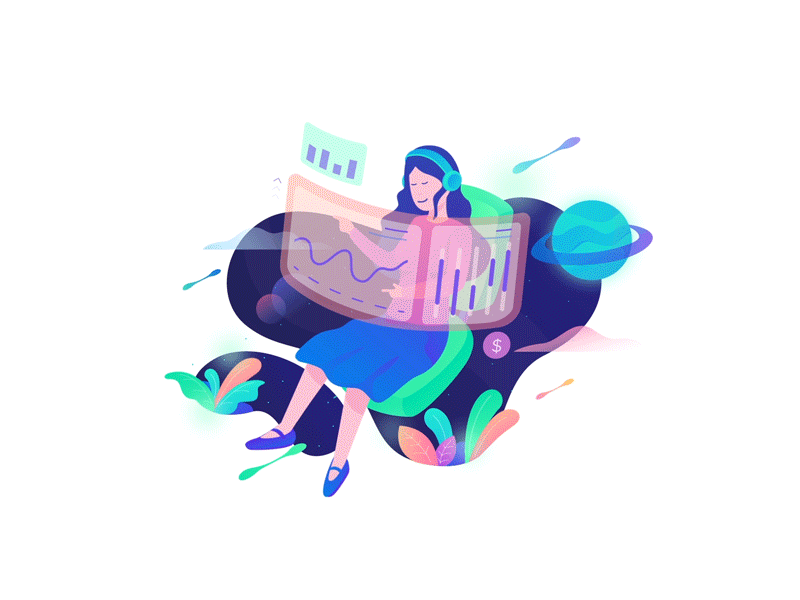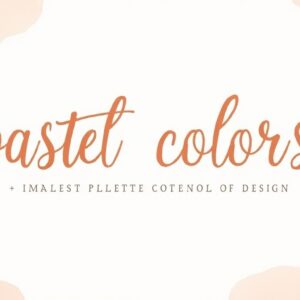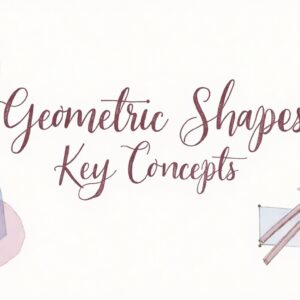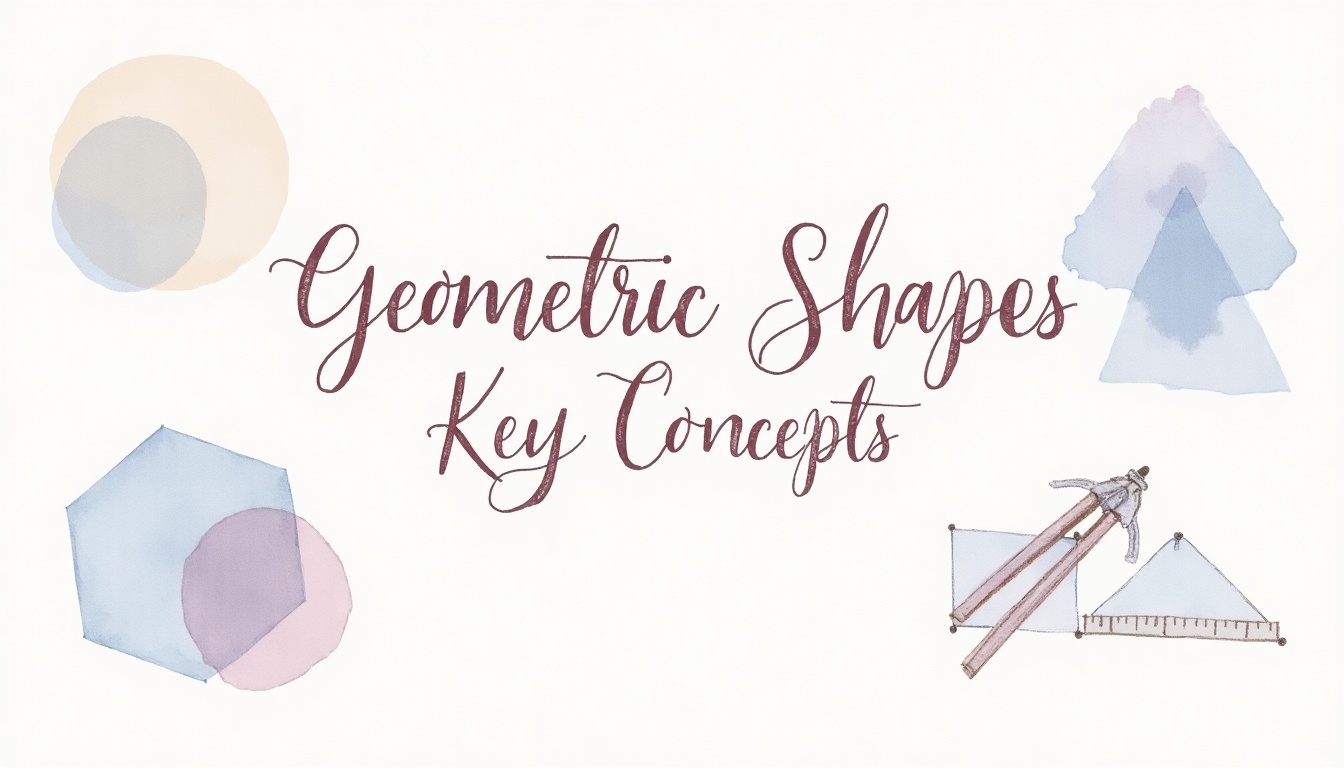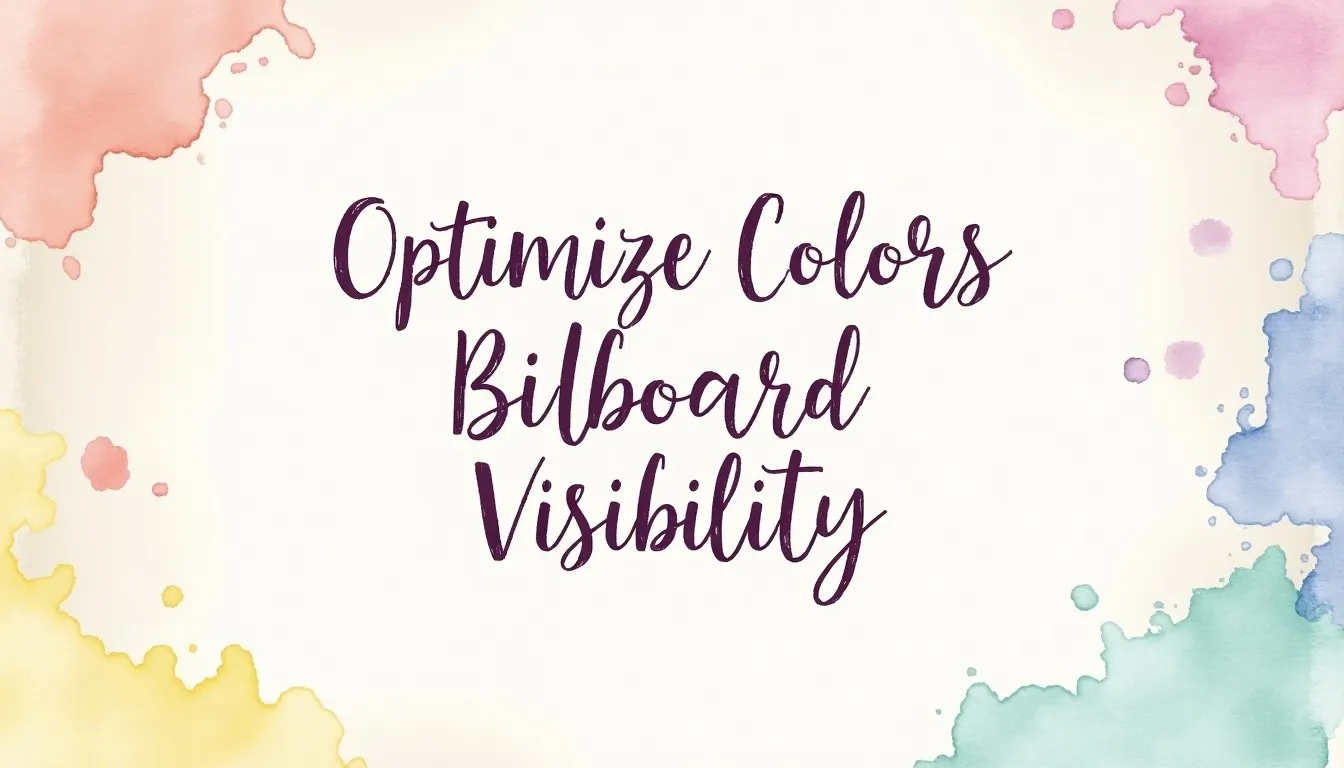Why should we use emotion in branding for repeat customers? Because it doesn’t take a business expert to know that repeat customers are much better for a business than a one-time buyer. Achieving sustained income, though, is much easier than done. Not only does a business have to convince potential shoppers to become converted customers. But they also have to do the work of offering continued, quality service so that customers want to come back. And unless you’re working in an extremely niche market. You’re likely up against stiff competition that offers a well-crafted product similar to your own.
However, we at Draftss also provide some unique designing features for your website, logos, banners, etc. You can try out our free services for 7 days on monthly and quarterly plans.
To beat out the competition, then, you must establish a great use of emotion in branding for your business, product, or service. A brand is far more than just a logo. It’s the whole overall impression a consumer has of your business when they see that logo or hear your business’s name.
Great companies have prioritized their branding to such an extent that repeat customers are eagerly anticipating the next release of a product or an update to the service. Just think about how much buzz surrounded Apple’s recent WWDC conference. Even before the conference began: Apple didn’t even need to announce anything for people to get excited. Their brand identity commands that much attention.
When it comes down to it, creating a brand is all about emotion.
You’re offering your product to real human beings. The best way to establish a long-lasting relationship with a customer is through emotional connection, so creating an emotionally sustainable brand should be a top priority in your design and marketing strategies.

The four tips to keep in mind as you move forward with your branding strategy:
1. What is the Gut Reaction to Your Product?
Connecting with a consumer via your branding has roots in human psychology, so tapping into a consumer’s thought process will tremendously help use emotion in branding design. To that end, think about the initial gut reaction a customer will have upon first interacting with your product.
Does your product satisfy an immediate need for a consumer, and therefore cause relief? Maybe your product is designed to delight the user or to elicit a sense of comfort and security.
Finding the gut reaction to your product and setting it as the foundation upon which your branding is built will contribute to the long-term success of your brand.
Remember, the specific function of a product alone doesn’t necessarily determine the gut reaction to it. Some beers are meant to be consumed at parties on the beach. While others offer a more refined, sophisticated drinking experience. So get as specific as possible with your honest emotional analysis of your product.
2. Pay Attention to the Psychology
However, branding and human psychology are all interconnected. Emotion has its roots in the human brain, meaning that it’s especially important to consider psychology when it comes to branding. In this regard, no detail is too small.
Think about color. Believe it or not, the human brain has instinctual responses to certain colors. So you’ll want to think about color psychology in your brand design. And make sure that your color scheme matches that of the desired emotional response from your users.
Life Alert, for example, predominantly uses red and yellow in its color scheme, because those colors convey a sense of intensity and evoke emotional responses of urgency and attention. This differs from a lot of other websites on the internet. Many of which heavily rely on the color blue because the brain associates blue with a sense of calm and dependability. Even these details are key to think about in your branding. So be sure to consult the psychological connotations of each of your branding choices.
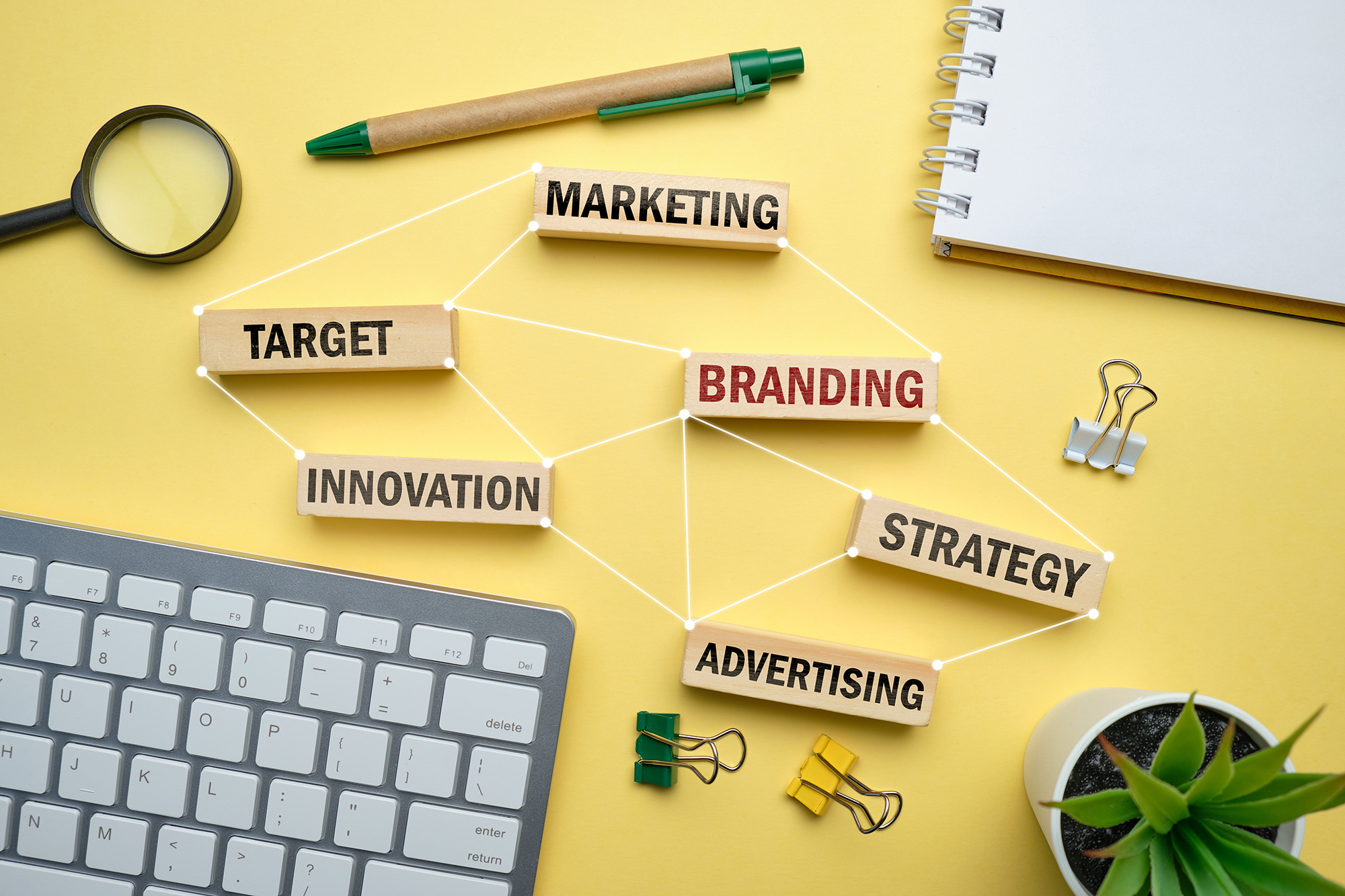
3. Contextualize Your Audience
As you develop your brand, hone in on a target audience to capture that initial base of first users who will be loyal to the brand from day one. To do that, think about who you see as most needing your product, and tailor your branding to them. This means taking into consideration such things as your targeted age group, culture, geographic region, and economic status.
To establish a sustainable link with that target group, keep their emotional needs and wants in mind. When, for example, Burberry revamped their branding to move away from their association with English gang culture, they honed in on a new audience, luxury shoppers, and tailored their branding and marketing to trigger responses of emotional need for their product by featuring celebrities in advertising campaigns and other various trappings of high fashion.
Giving your target audience a context will couple nicely with the gut reaction to create an emotional connection between your brand and your customer.
4. Create a Narrative With Your Users
Everyone loves a good story, and a well-established story for your product is an effective way of giving life to your product and cementing a relationship between your customers and your product. If people feel like they’re a part of the story, then your brand will perpetuate itself through your customers.
5. Keep Your Message Consistent
As different demographics start to enter your customer base, your branding will face challenges in terms of pleasing everyone. But you don’t want to make knee-jerk branding decisions that will alienate previous customers to appeal to new ones. You should have already pinpointed the gut reaction of your business’s product. So, compromise between the two groups of customer bases by keeping the message consistent with that reaction. The gut reaction is what drew customers to you in the first place, so it can’t lead you astray.
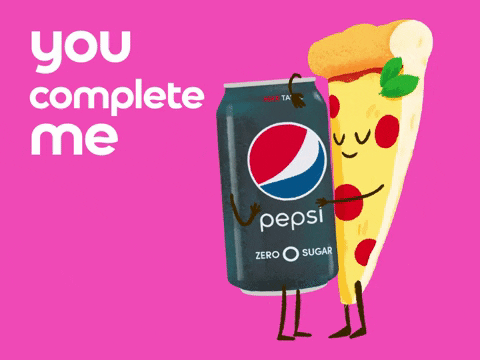
In a nutshell
There is a place for every designer to specialize in their area of interest. Also, there is a place for designers to dabble in every type of design. They all-encompassing the world of graphic design cultivating an industry that celebrates every skill set, talent, and creative approach.
You can try out draftss for an excellent experience and increase your product marketing. We provide premium quality services on unlimited graphic designs, WordPress, Webflow, HTML, Illustrations, Websites, Landing pages, Dashboards, App UI/UX, and many more. Here we provide our clients with 73+ types of design and code services.
